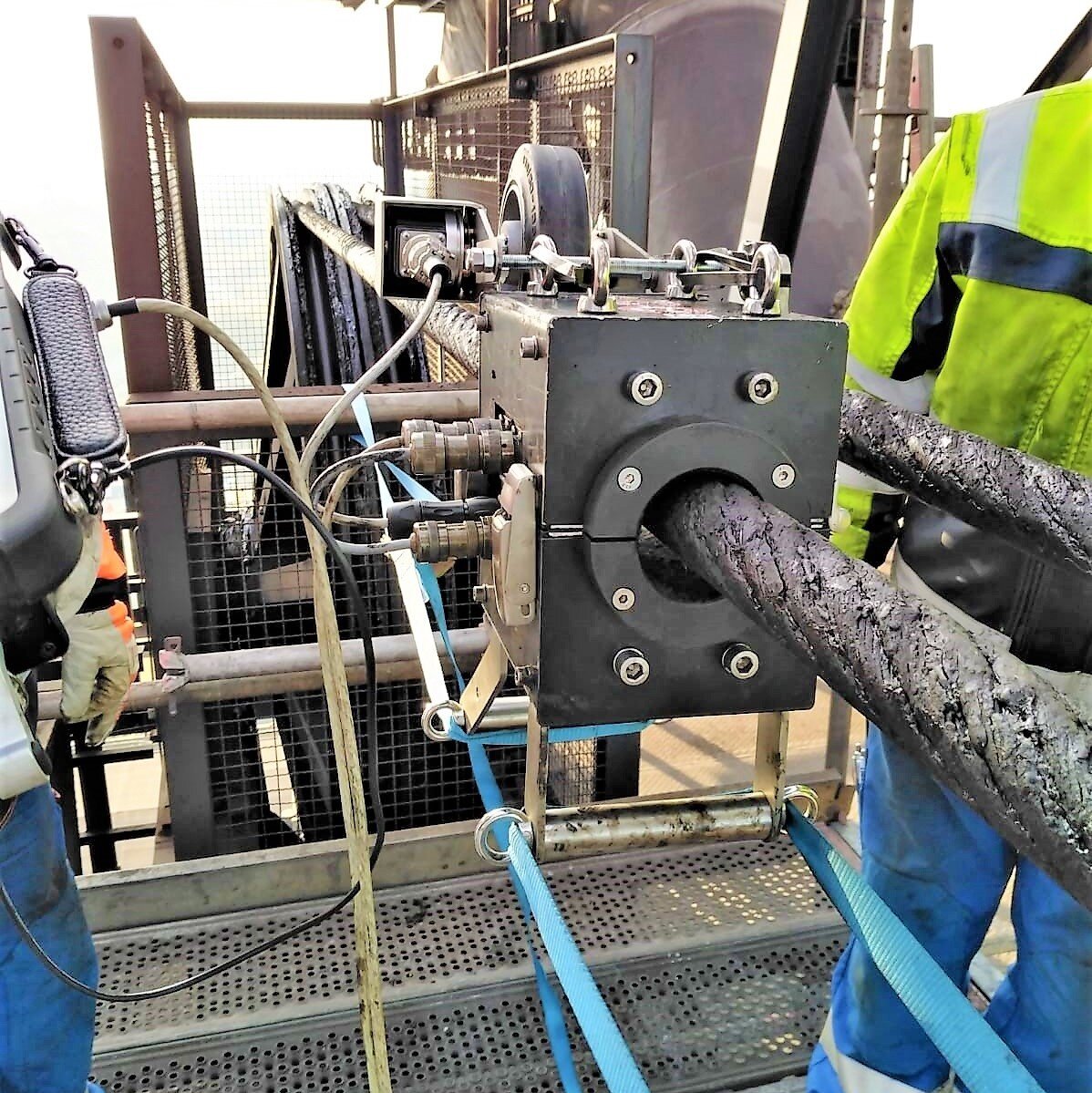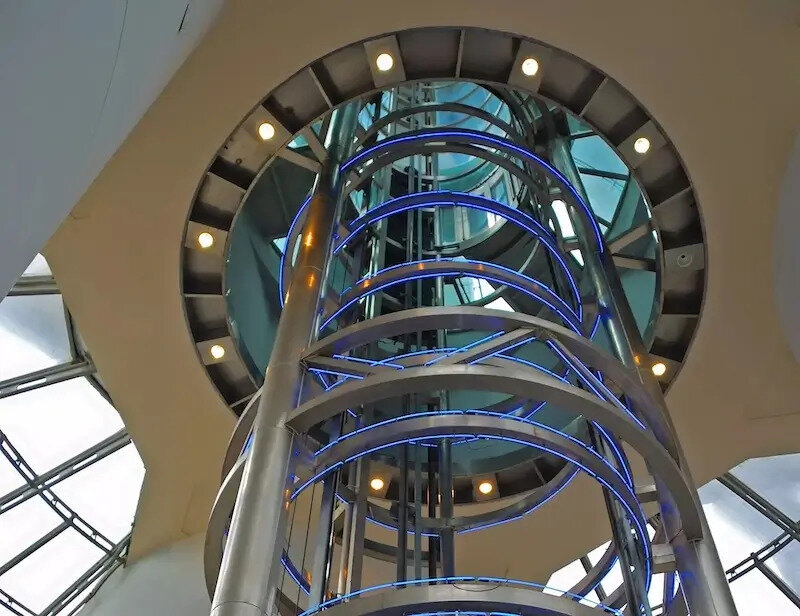MRT Applications
Use of MRT for Ropeways
In the ropeway sector, the use of magnetic rope testing is usually required and even mandatory in some countries. Safety is paramount and monitoring the current condition of the wire ropes is extremely important.
The MRT application is not limited to internal damage, but also for external wires. Furthermore, the ropeway sector is the first industry where specific standards for MRT inspection have been developed. These standards, such as EN12927, now apply to various sectors.
Rope inspection via magnetic rope testing also provides significant time savings. For example, steel wire ropes can be inspected in less than 2 minutes (including inspection adjustment), increasing the accuracy of a visual inspection performed in a dark and confined environment by a factor of ten.


Magnetic Rope Testing in Elevators
In this industry, safety is of major importance, since an elevator machine transports people from one floor to another and millions of elevator trips are made every day. A fault in one or more ropes can lead to injury as well as other problems (equipment stoppage, damage, etc.). Visual inspection is extremely difficult due to the confined space and time involved. The maintenance process can benefit massively from magnetic rope testing in terms of time savings.
The elevator market is characterized by different types of suspension elements, such as steel wire ropes, coated ropes and belts. An elevator installation is not always the most suitable place to perform a visual inspection, as it is usually too dark and too crowded.
AMC Instruments, together with Mennens Netherlands, has developed special tools to perform an accurate magnetic induction inspection on all mentioned suspension elements, including belts and coated ropes where visual inspection is practically impossible.
Do you think that magnetic rope testing applies to your industry?
Contact our experts now or download our MRT materials.
Contact us Download now



